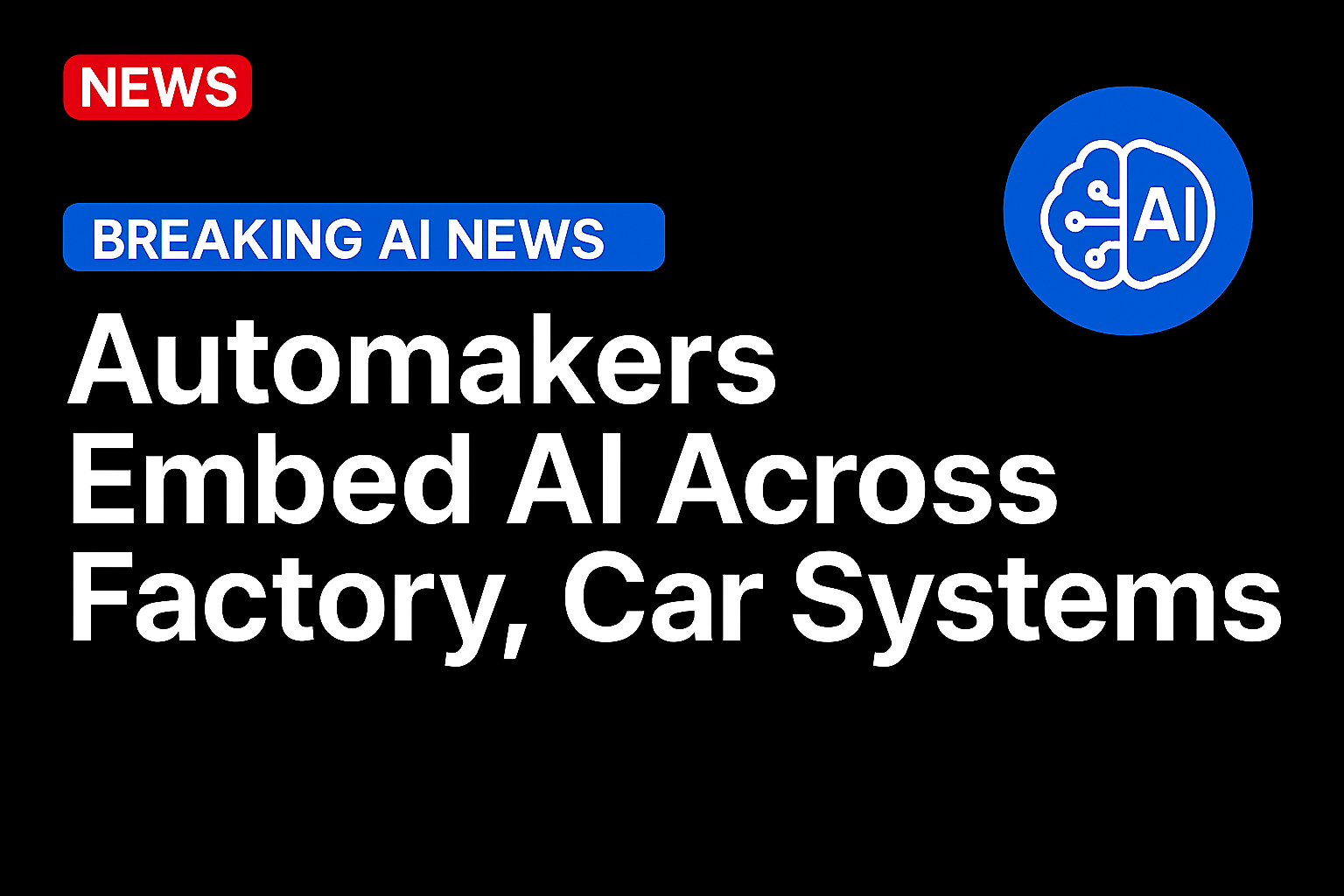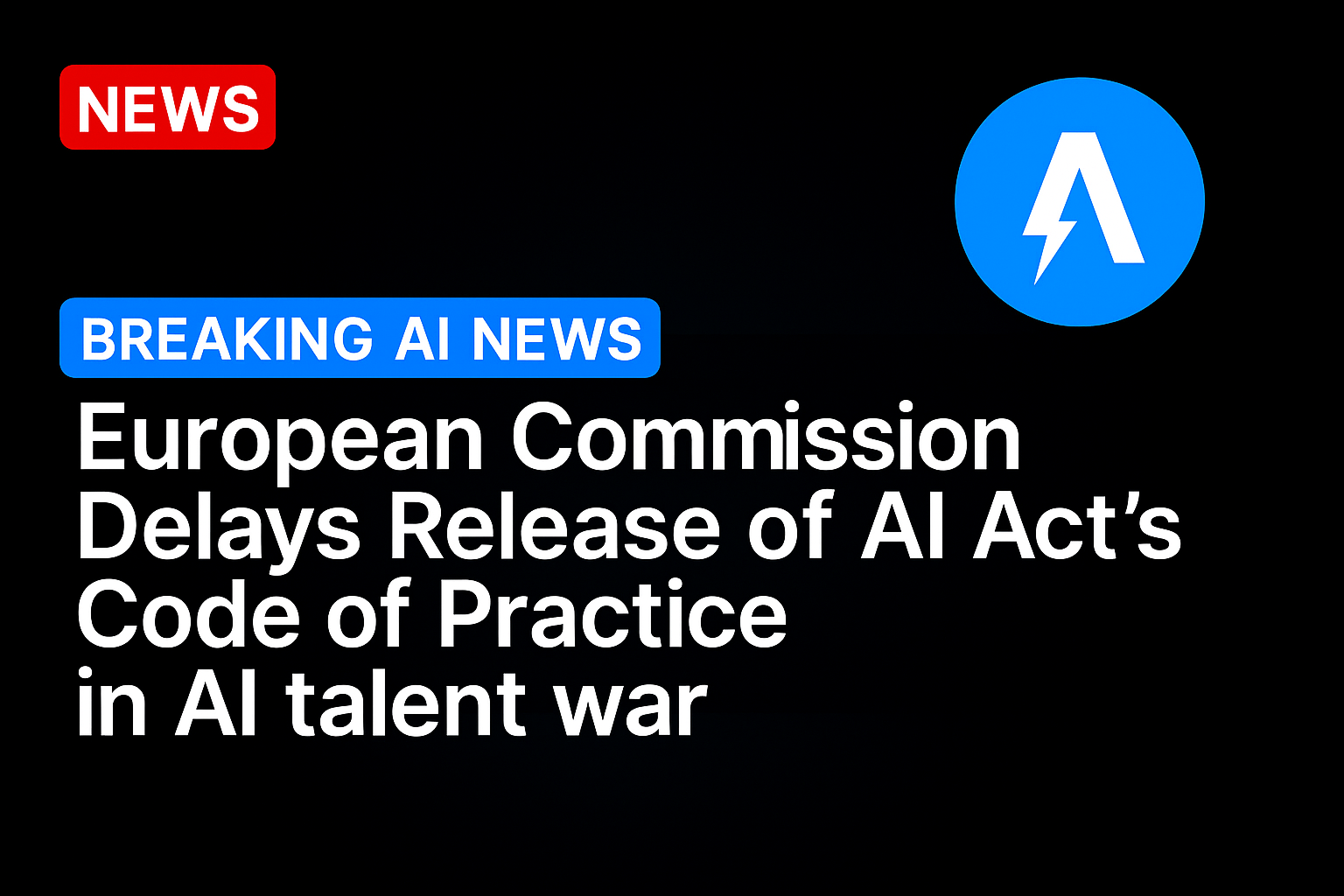
Automakers are accelerating their use of artificial intelligence (AI) as vehicle complexity, software integration and safety expectations rise across the sector. IBM noted that manufacturers are turning to machine learning, computer vision and predictive modeling because traditional vehicle programs and factory processes can no longer keep pace with modern demands.
The Kaizen Institute adds that rising pressure to improve efficiency and safety is pushing companies to embed AI across design, production, logistics and in-car systems.
That momentum is now driving strategic decisions. A PYMNTS Intelligence analysis found that roughly 75% of automakers plan to integrate generative AI into vehicles this year, a signal that the industry is moving from experimental pilots toward full-scale deployment.
Ford Extends AI Deep Into Operations
Ford Motor Company illustrated how this shift is unfolding. The National CIO Review reported that Ford is reconstructing its enterprise-IT architecture to connect engineering, manufacturing and connected-vehicle services through unified data pipelines. That structure allows teams to adjust designs based on live vehicle performance and deliver faster updates to vehicles already on the road.
One of Ford’s most immediate operational gains comes from AI-driven inspection. According to AOL, Ford’s computer-vision systems analyze photo and video feeds on the factory line to detect issues human inspectors often miss, including wiring misroutes and subtle surface inconsistencies.
Design and Production
AI is helping carmakers manage the growing complexity of modern vehicle programs, especially as product cycles shorten and factories take on more mixed-model production.
On the factory floor, BMW’s AIQX quality platform runs alongside assembly operations and flags potential issues as components move through each stage. Instead of waiting for defects to appear at the end of the line, engineers can intervene mid-process, reducing rework and operational delays.
BMW pairs this with simulation-based planning using NVIDIA’s Omniverse simulation work, which lets teams model virtual factories and test different configurations before altering physical equipment. This reduces the risk of workflow disruptions and allows teams to design for efficiency rather than reacting to issues after production starts.
General Motors is taking a similar approach by using digital models to study assembly behavior before prototypes exist. The collaboration between GM and Nvidia is aimed at identifying the layout constraints and coordination challenges earlier in the engineering process. Across the industry, these tools are shifting manufacturing from reactive problem-solving to earlier, data-supported planning.
Safety and Mobility
Automakers are also turning to AI to better understand how real driving conditions change and how drivers respond to those shifts to ensure zero road traffic accidents.
For example, Toyota studied early signs of elevated risk, paying attention to small steering changes, subtle shifts in vehicle motion and other patterns that often appear before conditions worsen via it’s Mobility Platform. It then updates route choices and hazard information as traffic, weather and road conditions evolve.
In-Cabin Experience
As touchscreens grow larger and interfaces more layered, auto makers are resorting to AI to re-think in-vehicle controls. Many companies are trying to reduce the time drivers spend searching through menus by shifting basic functions toward voice-based systems.
Kia’s AI voice assistant offers a more direct way to adjust navigation, media or climate without navigating multiple screens. These systems are becoming more common as automakers look for ways to reduce distraction created by large touch displays and complex interfaces.
Mercedes-Benz has extended this direction through its partnership with Google Cloud, as reported by PYMNTS. The enhanced MBUX assistant supports conversational follow-ups and provides information tied to specific destinations. Instead of issuing single commands one at a time, drivers can ask for details, clarification or comparisons in a more natural sequence. This marks a subtle shift toward vehicle interfaces that respond less like static infotainment systems and more like general-purpose assistants.
Source: https://www.pymnts.com/




